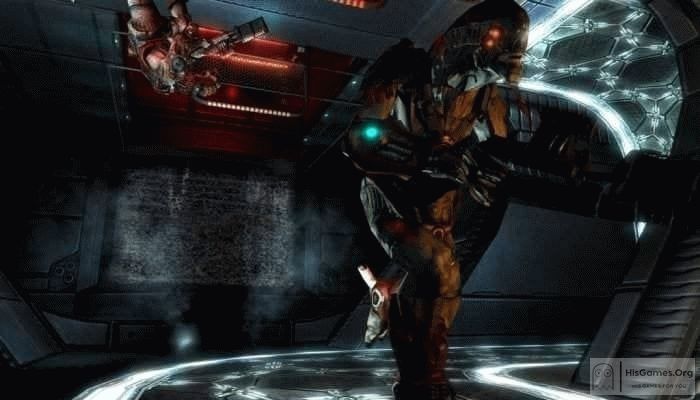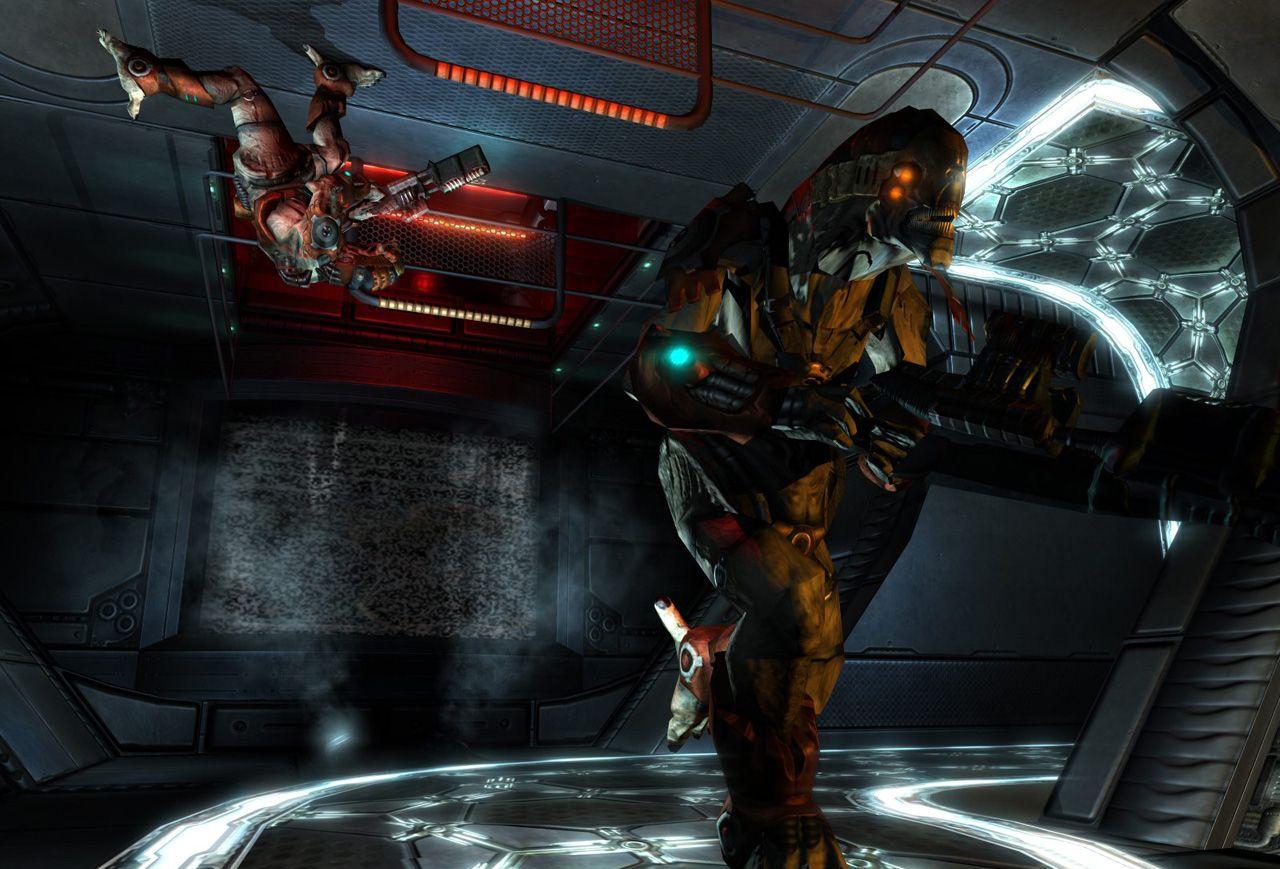

Combine this with their quick, jittery movements and your lackluster weapon options, and fighting the Mimics gets old. Trouble is, at starting health levels on Normal difficulty, even these most basic of enemies hit hard – a quarter of your health or more, and extremely hard to avoid.

This quickly gives way to rooms that are, understandably, filled with detritus and messes, making Mimics much more difficult to detect through any means other than aggro’ing them or returning to Wrench Bash City. Walk into a room with four desks but five chairs? The one on the floor tipped over is probably the Mimic. This narrows down your chances of being caught off-guard and saves you the tedium of whacking everything with your wrench, your only starting weapon. Initially, they are put to good use, in a way that allows for fun gameplay – you can enter a room and, if you haven’t already caught a glimpse of it moving or transforming, look at the logical layout of the room and find the thing that doesn’t belong.

Unfortunately, within the first hours of Prey, I found myself being completely over the novelty of the concept. From the signature coffee mugs (the game even lampshades this in an experiment report regarding the creatures, noting their fondness for the form of the mug) to desk chairs, boxes and even enticing loot items like medkits and ammo, these things could be anywhere, anytime, waiting to ambush you.

Long a staple of cruel dungeon masters in tabletop gaming, Mimics are present here more or less in the same way shape-shifting creatures (or in this case, quantum-entanglement-manipulating creatures) who can become a perfect copy of any small-to-medium sized object in the environment. Many have praised Prey’s opening as strong, and while I agree that it wonderfully establishes the premise, setting and the central themes of scientific ethics and paranoia, I think it has one key fault – it makes the most interesting enemy grow stale before the meat of the game has been reached, giving way to the remainder of Prey’s extremely dull combat. My first impressions of Prey were, as it turns out, fairly accurate representations of my feeling on the game as a whole, due in no small part to the fact that I was halfway through what would be my total play time of 31 hours – if you don’t have a good idea what you think of a game halfway through, something is wrong. And as always, my reviews are spoiler-free. WARNING: I’m going to harp on the bad to get it out of my system so I can spend the rest of this review praising what I love about Prey.


 0 kommentar(er)
0 kommentar(er)
